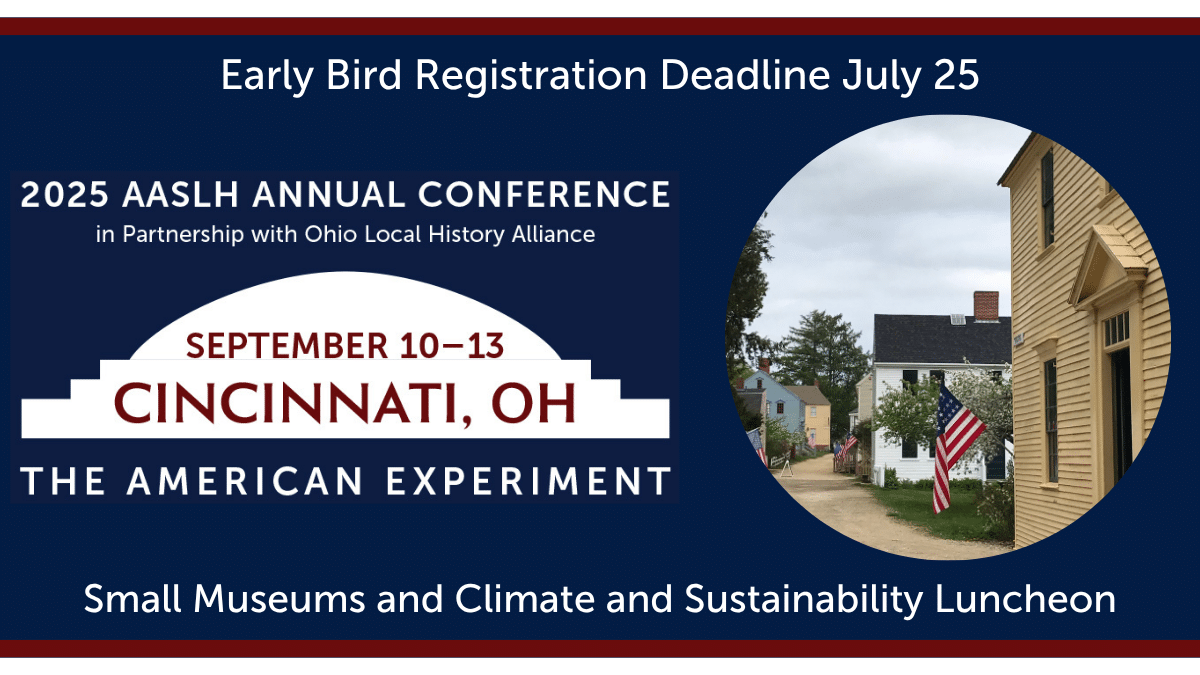By Jamie Simek
Does fundraising leave you at a loss? Have you read fundraising guides and wondered how to translate them into something usable for your small organization? Are you looking for information you can actually use, not theories that aren’t practical for your situation? You’re not alone. In field services, we hear these concerns from organization leaders all the time.
Through our Heritage Support Grants program at the Indiana Historical Society, we’re learning more about how organizations are (and are not) fundraising. One thing we do know is that successful fundraising doesn’t just happen. It’s the result of a deliberate effort to build better relationships with people. This requires a commitment to people-focused processes. This principle applies regardless of an organization’s size.
We also know that everyone has to start somewhere. To get your organization started, we offer these ten things small organizations can do now to improve fundraising:
- Consider how you’re tracking your friends (aka your constituents). Capture and update at least basic information (name, address, email, phone, membership/gift history) for all donors (object and monetary) and members. This can be done through commercial software, the PastPerfect contacts module or even a simple database.
- Take a look at membership and donation history. Know how much money comes in through memberships, annual donations (usually going into the general fund), and major gifts (usually towards special projects). If not already in place, develop a formal process to request membership renewals.
- Examine how memberships and gifts are processed. Identify how money is received (cash, check, credit card, online payments), who is responsible for processing gifts, who is responsible for updating donor records, and who is responsible for generating and sending a thank you (ideally within 48 hours.)
- Identify, meet with, and get to know major donors and long-time supporters. Identify ways to build better relationships and show them their support matters. Invite them to become more involved with the organization. Ask for advice and input.
- Establish a board development committee and get fundraising training for the entire board so they understand their role in the process.
- Define immediate and long-term priorities; establish fundraising goals for each.
- Compile basic organization information and fundraising priorities for quick reference. The basics include mission, goals, programs and services, finances, governance, staff and volunteers, planning and evaluation methods and organization history.
- Create boilerplate language. This creates consistent messaging and saves time. Use for brochures, websites, appeal letters, grant applications, etc.
- Develop your organization’s “elevator pitch” and train your spokespeople to make it their own when serving as organization ambassadors.
- Lay out a one- to two-year development calendar. Identify membership drives, annual giving appeals, special events, newsletter mailing dates and any other important events or scheduled communication. Share among the board, staff, and volunteers.
Let’s continue this discussion and grow our to-do list! What have your own experiences taught you about fundraising at small organizations?





